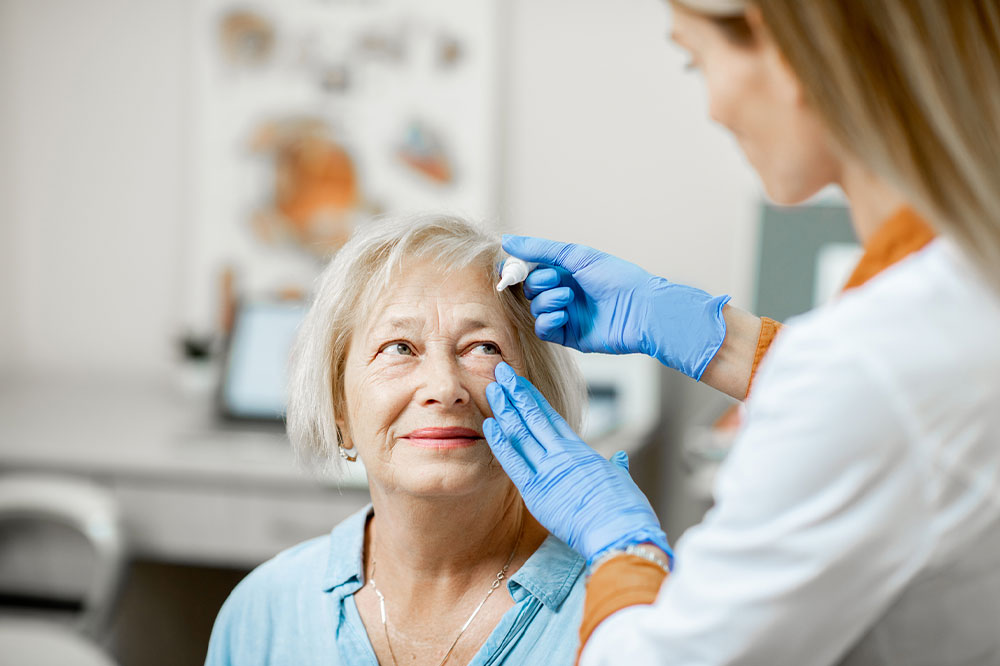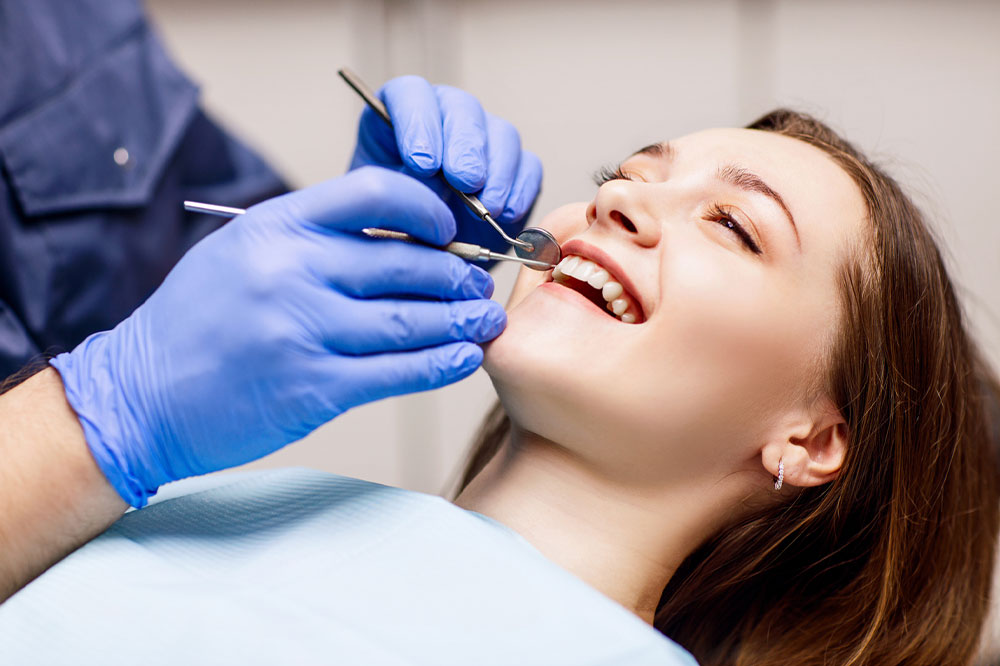13 warning signs of dehydration
Water constitutes approximately 71% of the earth’s surface and 60% of the human body, making it an indispensable element of life. The body requires adequate water to perform several vital functions, including digestion, protection of tissues and the spinal cord, urination, bowel movements, replenishment of cells, and perspiration. Unfortunately, multiple studies have shown that 75% of adults in the country suffer from chronic dehydration. This article lists the common side effects of not having enough water. Abnormal urination patterns Lack of water in the body significantly affects urination, leading to lower urine output than usual. Moreover, the frequency at which one passes urine also decreases. Finally, the color of one’s urine becomes darker and more concentrated, which may leave a burning sensation around the urethra. The odor of one’s urine may also be stronger when dehydrated. Dryness of the tongue, mouth, and lips The salivary glands in the body require optimal fluid content to produce saliva, which is essential for lubricating the mouth. Dehydration reduces the body’s fluid levels, leading to mouth, lips, and tongue dryness. Chapped lips are common among individuals with dehydration. Lack of saliva can impede digestion and cause dental problems like tooth decay and gum disease.
Read More 









